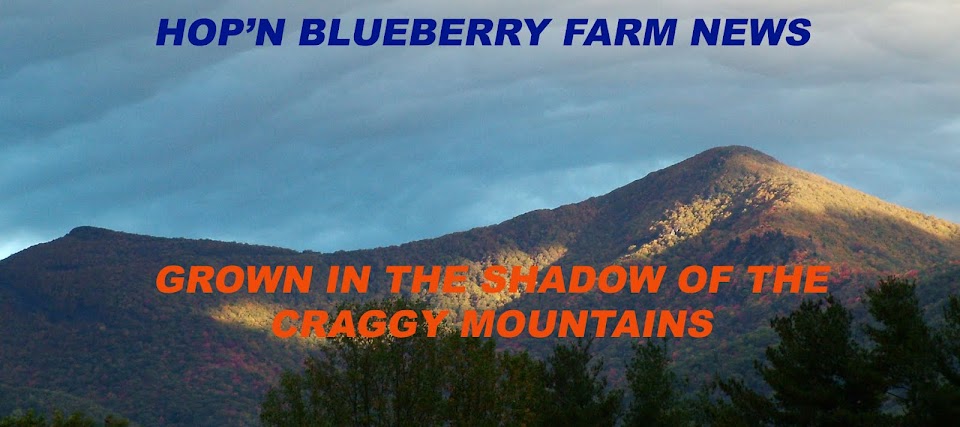So, back to the problem at hand. I have decided to look at biological control methods, keeping my production organic so far. After doing research on the two-spotted spider mite, I was able to find some beneficial mite predators listed. After a quick trip to the hop yard, I brought back a couple of samples of leaves for inspection.
To my surprise, I don't think I found any spider mites. Instead, I found what I think is one of the beneficial predators called a Phytoseiulus Persimilis. This guy feeds on all stages of the spider mite and consumes 2-3 adults or several dozen eggs a day. It is also suited to the cooler and wetter climates that we have here.
The "Mighty Mite" Phytoseiulus Persimilis
So, get out your hand lenses and start looking. This photo was taken with a hand lens. P.Persimilis is about the size of the tip of a very sharp pen. Remember, be careful if you are going to spray for spider mites. That spray may also be killing the "good guys" as well.

